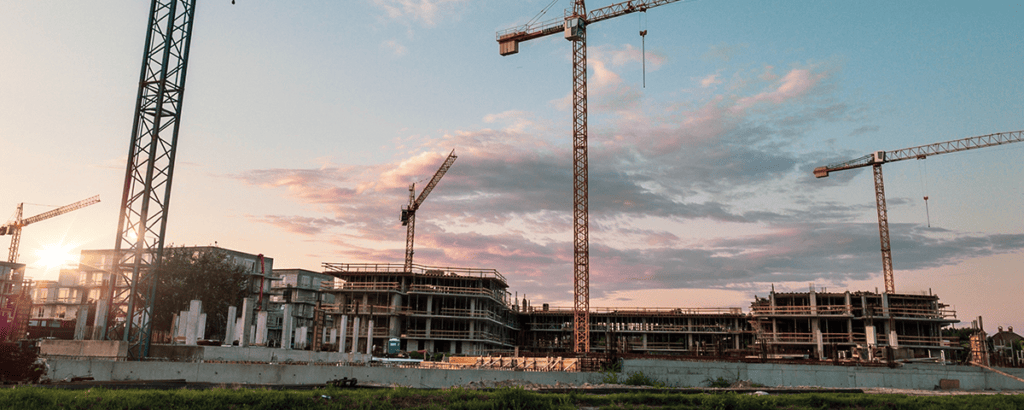How do you incorporate concrete in your projects?
Maybe concrete is really, really your thing. Brutalism, anyone?
Perhaps you follow the maxim, if you can’t hide it, make a feature out of it. Oh yeah! Polished floors … and columns, and decoration, and more.
Or you might be the type that covers as much concrete as possible with paint, vinyl or furnishings.
Elephant in the room: we’re still using a lot of concrete in construction, mainly because a serious contender hasn’t emerged.
OK, so we’re stuck with concrete this year, and probably next. Here’s a few shower thoughts for you.
1. Concrete needs protection
Great stuff, isn’t it? Naturally durable, naturally water resistant, lasts forever!
Except when it doesn’t.
Fact is, concrete is not completely impervious to premature deterioration. There’s the issue of contaminants carried into the structure by moisture. And there’s the little matters of weathering, vehicle traffic, loads, and other stressors.
Floors are a key area of concern, but far from being the only one.
Do not let your concrete loose in the wild without protection.
2. Service age is only a number
Firstly, there’s a lot of concrete out there that’s not achieving its designed service life. Secondly, there’s also a lot of concrete which is being used past its designed service life because it’s too expensive to replace the structure. It cuts both ways; ageing concrete is a challenge, whether it’s actual or premature.
As an architect, you are probably likely to strike existing concrete in the context of adaptive re-use. The question of whether to replace or re-use may come down to whether you believe the structure can be rescued in a cost-effective way.
At MARKHAM we’re big fans of making concrete stronger to last longer. We call it Adding Life to Concrete; and that includes recycling existing structures. This means you can protect and get more out of existing concrete too.
3. Concrete is on the wrong side of the tracks in the carbon emissions debate
It is alleged that the manufacture of cement for concrete mix contributes 8% of the global carbon emissions.
Of course, that may be somewhat offset when compared with other construction materials, when you consider transportation and lifetime impact; but obviously it’s a seriously significant proportion.
Here are a few ways you can help.
The number of low-cement mixes available is growing; and the MARKHAM team is working alongside some of these projects to enhance their practical effectiveness. At time of writing, our latest project is under wraps but we’re looking forward to sharing some exciting news in this area.
The flip side is, if you can protect or preserve the concrete, so it doesn’t need premature replacement, that also reduces the amount of new cement production needed. (Did we mention “Adding Life to Concrete”?)
Best of all, protect concrete using treatments that don’t negatively impact the environment in other ways.
4. Your concrete architectural decisions will help the built environment
Well, of course, helping the built environment is what gets you out of bed each day.
No, we’re not pretending to tell you anything new there, only to direct you to some concrete-specific helps.
You want your projects to be their best from day one, whether it’s a new build or a renovation (in the full sense of the word). You don’t want your projects to be disfigured or even demolished prematurely because of concrete deterioration. And you’re keen to minimize the impact concrete has on the planet overall.
Check out the MARKHAM hydrogel treatments, the AQURON and CONQOR families. Hydrogel treatment is a safe, sustainable, and minimal-impact method of protecting concrete. If you’re involved in construction design, or even in remediation, we’d love to chat with you about your concrete needs!
